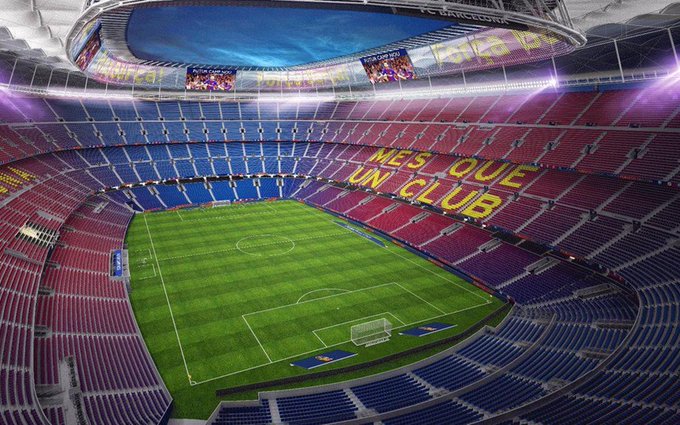FC Barcelona’s much-anticipated homecoming to the iconic Spotify Camp Nou has been pushed further into the future, with the club now targeting a return in September 2025-well into the 2025-26 season. The extensive renovation project, designed to transform the stadium into a modern marvel and the largest in Europe, has encountered a series of setbacks that have forced the club to extend its stay at the Estadi Olímpic Lluís Companys for the remainder of the current season.
Originally, Barcelona had hoped to reopen Camp Nou by early 2025, aligning with significant fixtures such as the eagerly awaited El Clásico. Optimism ran high at the start of the year, with plans to host matches as early as May 2025. However, persistent delays stemming from complex construction challenges, labor shortages, and technical hurdles-particularly the intricate installation of the stadium’s massive roof-have made these targets unattainable.
The renovation, managed by Turkish construction firm Limak, is one of the most ambitious stadium projects in football history. It aims not only to increase capacity from around 99,000 to approximately 105,000 spectators but also to introduce cutting-edge features such as Europe’s largest stadium roof, enhanced hospitality areas, and improved fan experiences. Yet, the sheer scale of the work has led to unforeseen complications, pushing back critical milestones.
In response to these delays, Barcelona secured an extension of their lease for the Estadi Olímpic Lluís Companys until May 20, 2025. This move ensures that the team can complete the current La Liga season without disruption. However, the stadium’s availability beyond this date is limited due to scheduled major events, including concerts, which prevent further football matches at the venue.
The club has acknowledged that a return during the 2024-25 season is now unrealistic. Instead, the focus has shifted to preparing for a September 2025 reopening, coinciding with the start of the new season and UEFA Champions League fixtures. At this stage, the stadium is expected to accommodate around 60,000 spectators initially, pending safety certifications, with full capacity to be restored as construction progresses.
Barcelona’s management is actively working with the Barcelona City Council to obtain permits that would allow 24/7 construction work, aiming to accelerate progress over the summer months. The so-called “Big Lift” operation, involving the raising of the roof structure, is a critical phase scheduled for June through August. Any delay here could further postpone the stadium’s readiness.
For fans, the delay is a bitter disappointment. The Spotify Camp Nou is more than just a venue; it is a symbol of the club’s heritage and identity. Playing away from their historic home for an extended period has impacted the atmosphere and matchday experience. Yet, supporters remain hopeful that the final product will justify the wait-a stadium that honors tradition while embracing modernity.
In the meantime, Barcelona continues to compete at the Estadi Olímpic Lluís Companys, striving to maintain their competitive edge on the pitch. The club’s leadership has emphasized patience and transparency, regularly updating fans on construction progress and challenges.
As the months stretch on, the yearning to hear the roar of the Camp Nou crowd once again grows stronger. When Barcelona finally steps back onto their renovated pitch, it will mark not just a return to a stadium but the beginning of a new chapter in the club’s illustrious history-one built on resilience, ambition, and the unbreakable bond between the team and its fans.

